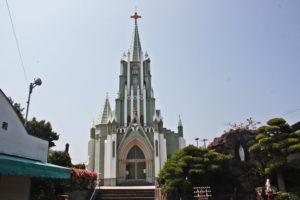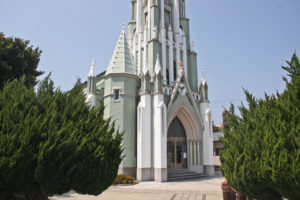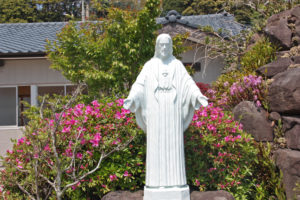Saint Kolbe Memorial Museum, at Hongouchi Church, in Nagasaki
Father Maximilian Kolbe was born in Poland in 1894 and was a priest of the Conventual
Order of St. Francis.
He had been active in promoting the veneration of the Immaculate Virgin Mary.
He came to Japan in 1930 and began educating seminarians and publishing a monthly
magazine ” the veneration of the Immaculate Virgin Mary.”
After that, the number of Japanese people who understood God’s teachings increased,
and Hongouchi Church was established in 1931.
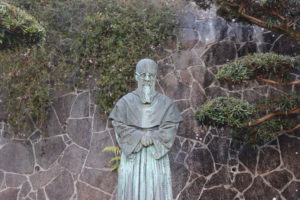 |
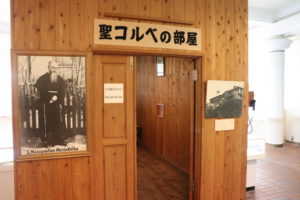 |
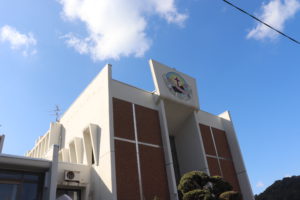 |
After six years in Japan, he returned to Poland for health reasons.
And then, he volunteered to die in place of a man named Franciszek Gajowniczek in the
German death camp of Auschwitz, located in German-occupied Poland.
Saint Kolbe Memorial Museum was built to commemorate his canonization in 1986.
Catholic Unzen Church
The Church is dedicated to Antonio Ishida and others who were martyred in the
Unzen jigoku from 1627 to 1632 and was built in 1982 to commemorate Pope
John Paul II’s visit to Nagasaki.
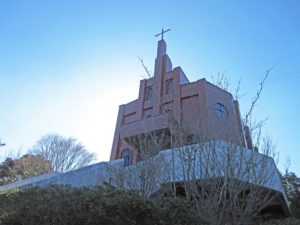 |
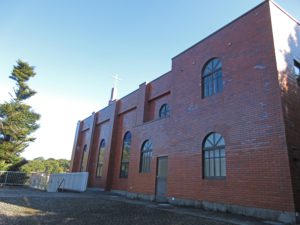 |
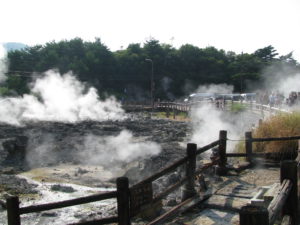 |
The number of believers in the church is small, but many pilgrims visit, since it is
also a place of martyrdom.
Imamura Cathedral, in Fukuoka-prefecture
Imamura Cathedral is located in Tachiarai, Fukuoka-prefecture.
A Christian group was born in this region in the late 16th century.
When Christianity was banned, I continued my faith as a hidden Christian.
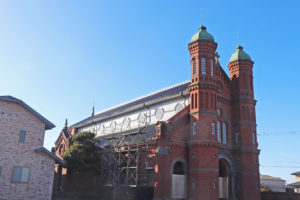 |
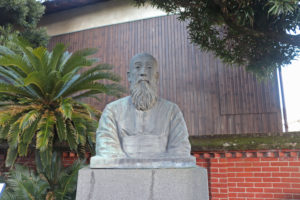 |
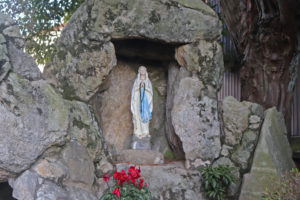 |
The twin-towered Romanesque-style brick Cathedral planned by Father
Tamotsu Honda and completed in 1923 with financial aid from foreign countries.
It was designed and constructed by Yosuke Tetsukawa, who was a master
church builder at the time.
The Cathedral has been designated as a national important cultural property.
Yamano Church, in Hirado
Yamano Church was built in 1924 in the Yamano area, where is halfway of
Mount Yasuman. Most people living in this area are Christians.
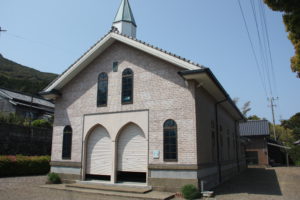 |
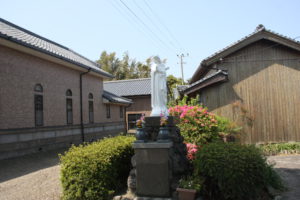 |
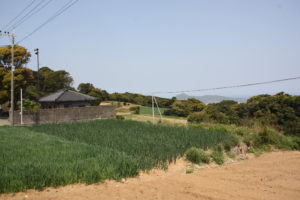 |
The ancestors of the Yamano village fled persecution from Nishisonogi and
Sotome to Goto island during ban on Christianity.
However, they were unable to live on Goto island, so they moved to this area of
Hirado Island between 1820 and 1830.
Sakitsu Church, in Amakusa
A Gothic-looking church is located on a cove of a fishing village in Amakusa.
In 1934, a French priest
Augustin Halbout MEP purchased the premises of the former village headman and built a
wooden and concrete finished church, with Tetsukawa Yosuke’s design and construction.
He placed the altar at the very site where fumie or a test to ensure non-allegiance to
Christianity had been conducted.
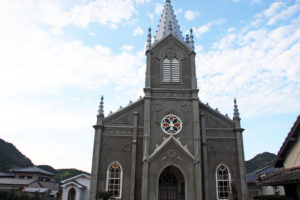 |
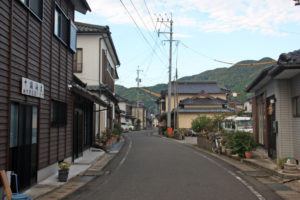 |
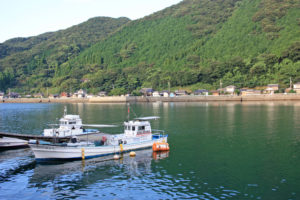 |
Oe Cathedral, in Amakusa
The Church is a Pilgrimage site and is the oldest Catholic Church in Amakusa and was one of
the first churches built right after the ban on Christianity was lifted. The Romanesque-style
architecture and the chalky white structure was rebuilt in 1933 by a French missionary priest
named Father Garnier using his own money and contributions from local Christians living in
the area.
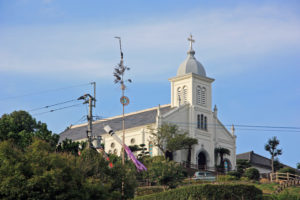 |
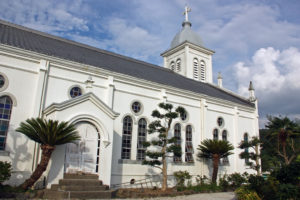 |
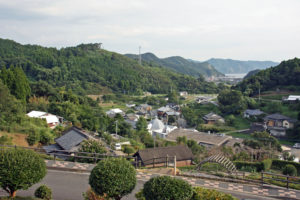 |
Kurosaki Church, in Sotome
The Church is located in Kurosaki district, where was place of the setting for Endo Shusaku’s
novel Silence. In 1897, the foundations were laid down according to Father de Rotz’s design.
Construction followed and in 1920 the church was completed.
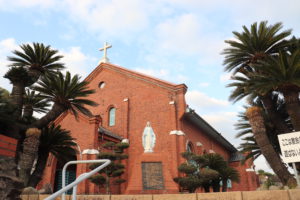 |
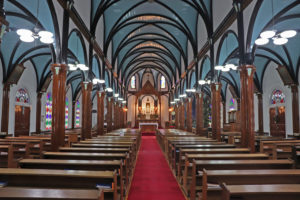 |
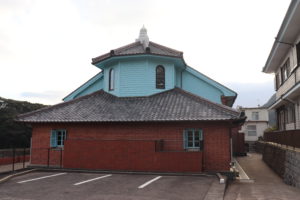 |
The followers built it brick by brick with their own hands. The modest design serves to bring out the
beauty of the bricks. Experience the depth when you come inside and see the rib vault ceiling.
The church’s stained glass also leaves a lasting impression.
Shitsu Church, in Sotome
Built in 1882 by Father de Rotz, this low-ceiling church features a brick exterior, wood interior
and stone entranceway. The roof itself is low in order to limit damage done by strong winds.
The church’s bell was brought here from France by a priest and rings out beautifully every
morning. The location is famous as the place where the movie “Gege” was filmed.
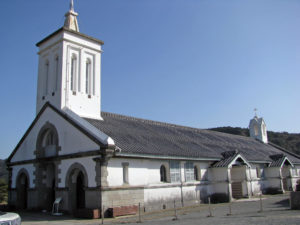 |
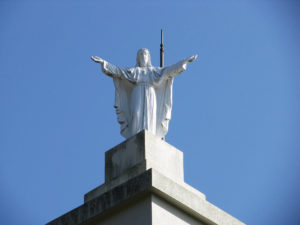 |
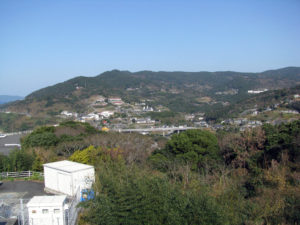 |
Yamada Church, in Hirado
After the discovery of the numerous hidden Christians in Ikitsuki Island in 1865, they began
to work on recovering their Catholic faith although they were not too successful at first.
Then in 1878, a priest named Fr. Pelu came to Hirado and baptized many people who are
said to be the ancestors of the churchgoers of Yamada Church today.
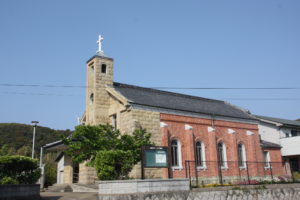 |
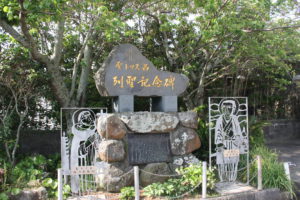 |
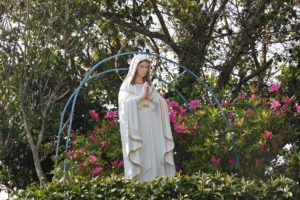 |
The butterfly-wing decorations adorning the wall surface of the church interior was personally
made and painted on by the priest at the time, and the mosaic-like paintings are made from
actually, ground butterfly wings. These are considered as one of the church’s “seven sacraments.”
In 1981, St. Thomas Nishi along with 15 other martyrs were beatified in the Philippines. St.Thomas
was later canonized and a statue of him was built in commemoration of his canonization, in a
garden in Ikitsuki.
St. Francis Xavier Memorial Church, in Hirado
This church is a catholic church in Hirado, Nagasaki. Hirado is a place where Francis
Xavier visited 3 times in Japan to spread Christianity, and even during the Kinkyo
Ordinance of the Edo Period that prohibited religions, Christianity was very widespread.
For that reason when the ordinance was lifted this church was constructed, and the image
of Francis Xavier was put on the side.
|
|
|
|
One of the sites of the town is “the view of temples and church” which can be had halfway up
the lane leading up the hill. The church was originally built on a different site in 1913, but was
reconstructed at its present location in 1931.

